September gardening jobs: 18 easy tasks to get your plot in shape
Our list of September gardening jobs is the ideal checklist for your growing and maintenance tasks

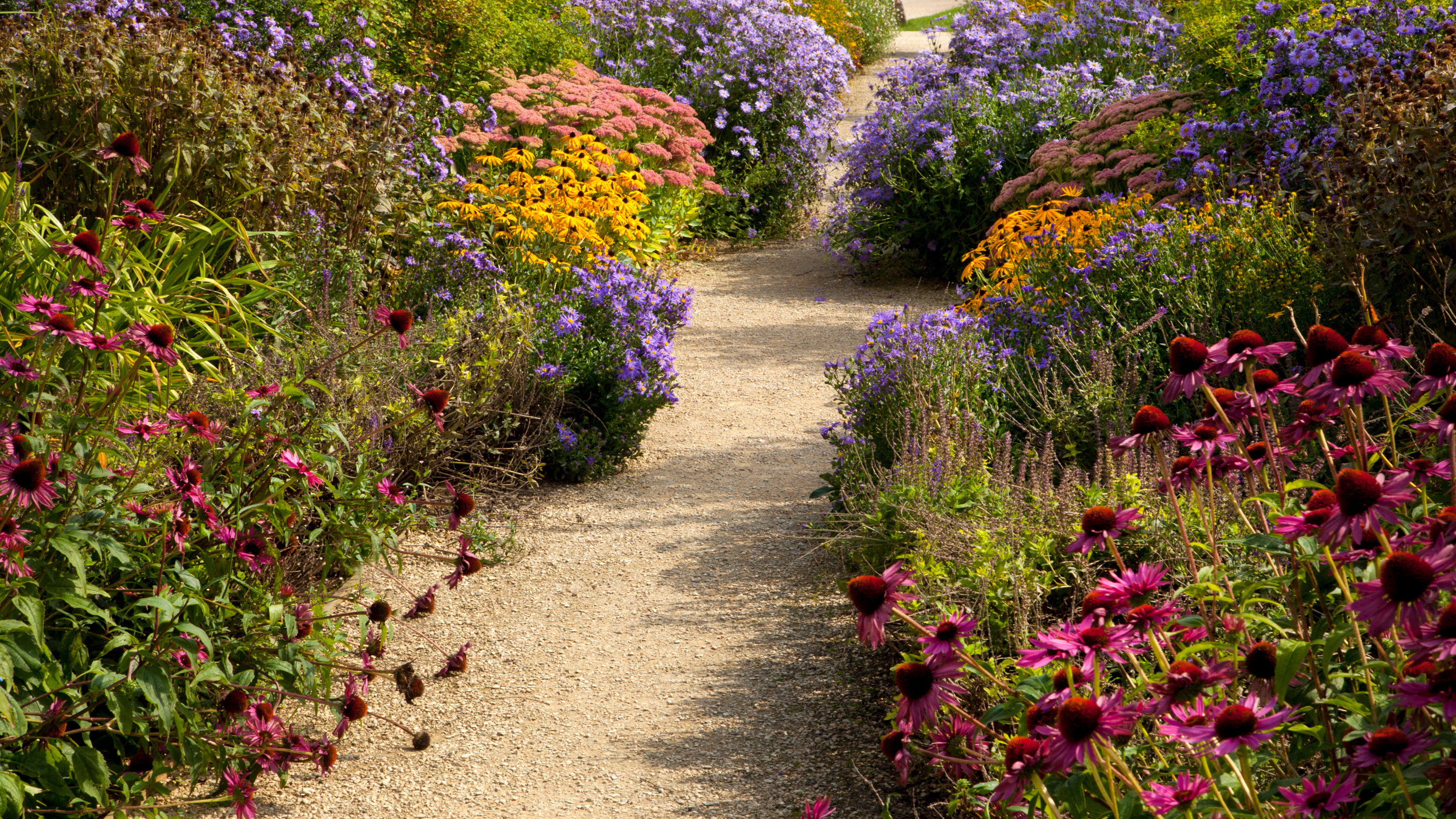
September gardening jobs mark a major turning point of the year, when the warmer months merge into the colder ones and the tone and texture of the garden start to change.
Of course, we may be lucky and experience an Indian summer of late warmth and dry days, but there is an increased chance of rain and stronger winds, especially towards the end of the month. Gardening jobs really need to focus on preparing the garden for fall and winter, making sure plants are protected, and that important structures such as greenhouses and cold frames are sturdy enough to withstand the worst the elements can throw at them.
We also need to focus on our soil, feeding it and replenishing the nutrients that have been used up by growing plants all spring and summer.
It’s a busy time in the monthly gardening calendar for sure, but do remember to enjoy the season’s warmth, beauty and color as well as ticking off these essential tasks.
September gardening jobs to add to your to-do list
It's easy to prepare your garden for the cooler weather ahead with our list of essential September gardening jobs. These jobs are quick, easy and great for keeping you out in the fresh air this month.
1. Cut back summer raspberries
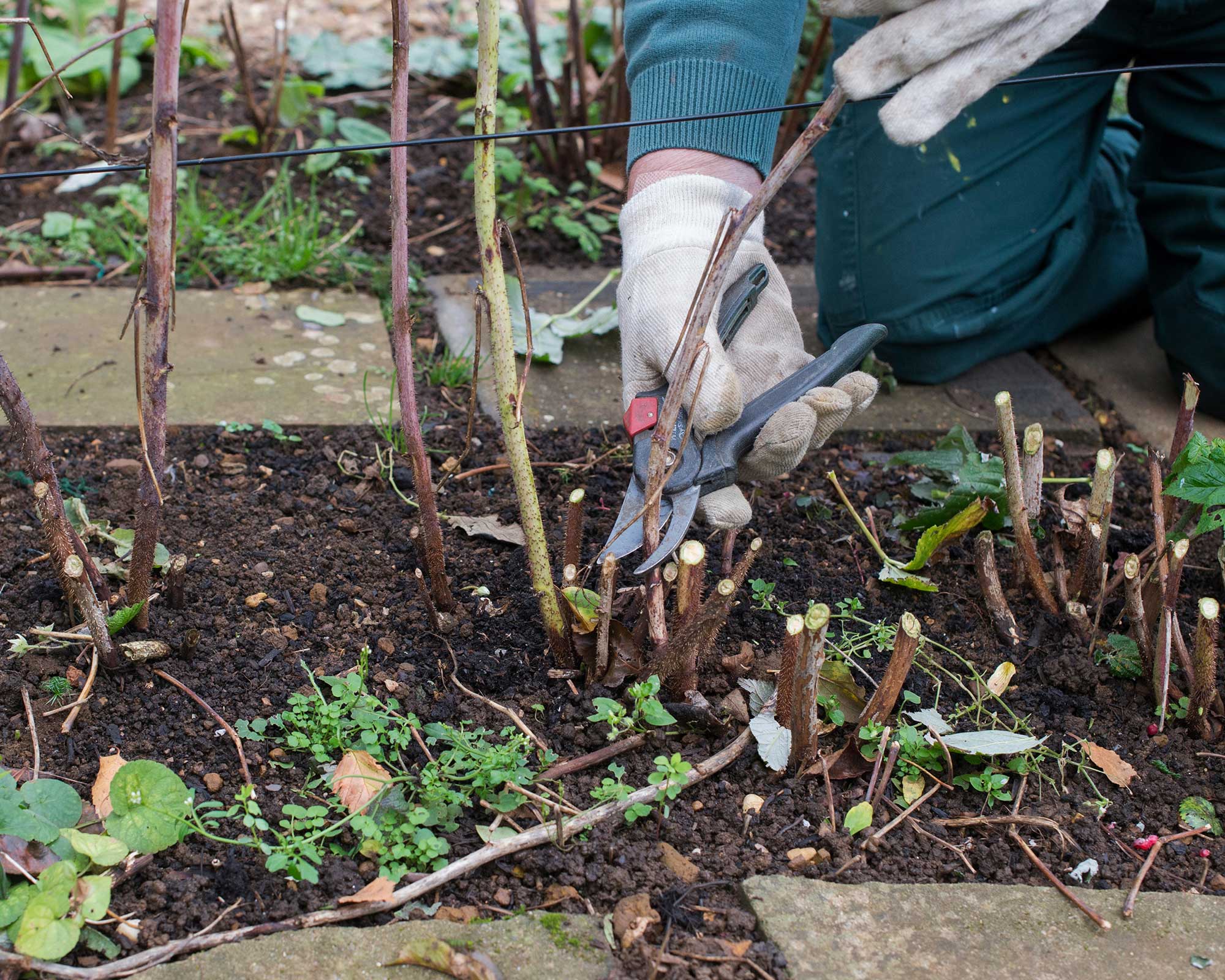
Sweet, juicy raspberries freshly wicked from the garden are a real summer treat but now they have passed the fruiting baton onto autumn-fruiting varieties it is time to remove the old canes.
As well as making the patch look tidier, pruning raspberries also allows light and water to this year’s juvenile canes that will mature and fruit next summer.
Simply work your way along the row, cutting back old, tatty stems with sharp secateurs, taking care you don’t cut away the healthy new growth. Remember to wear gloves to avoid injury from thorns.
After they have been cut back, keep the patch weed-free until next spring, when the young canes will need feeding and mulching with well-rotted compost or manure.
Top tip: Raspberries regularly send suckers up through the surrounding soil. Instead of getting rid of them, dig just below the surface and cut the suckers free. Dip the ends in hormone rooting compound and pot them up in gritty compost. Keep the compost damp and the cutting will root and you will have new raspberry canes to plant out next spring.
2. Feed your soil
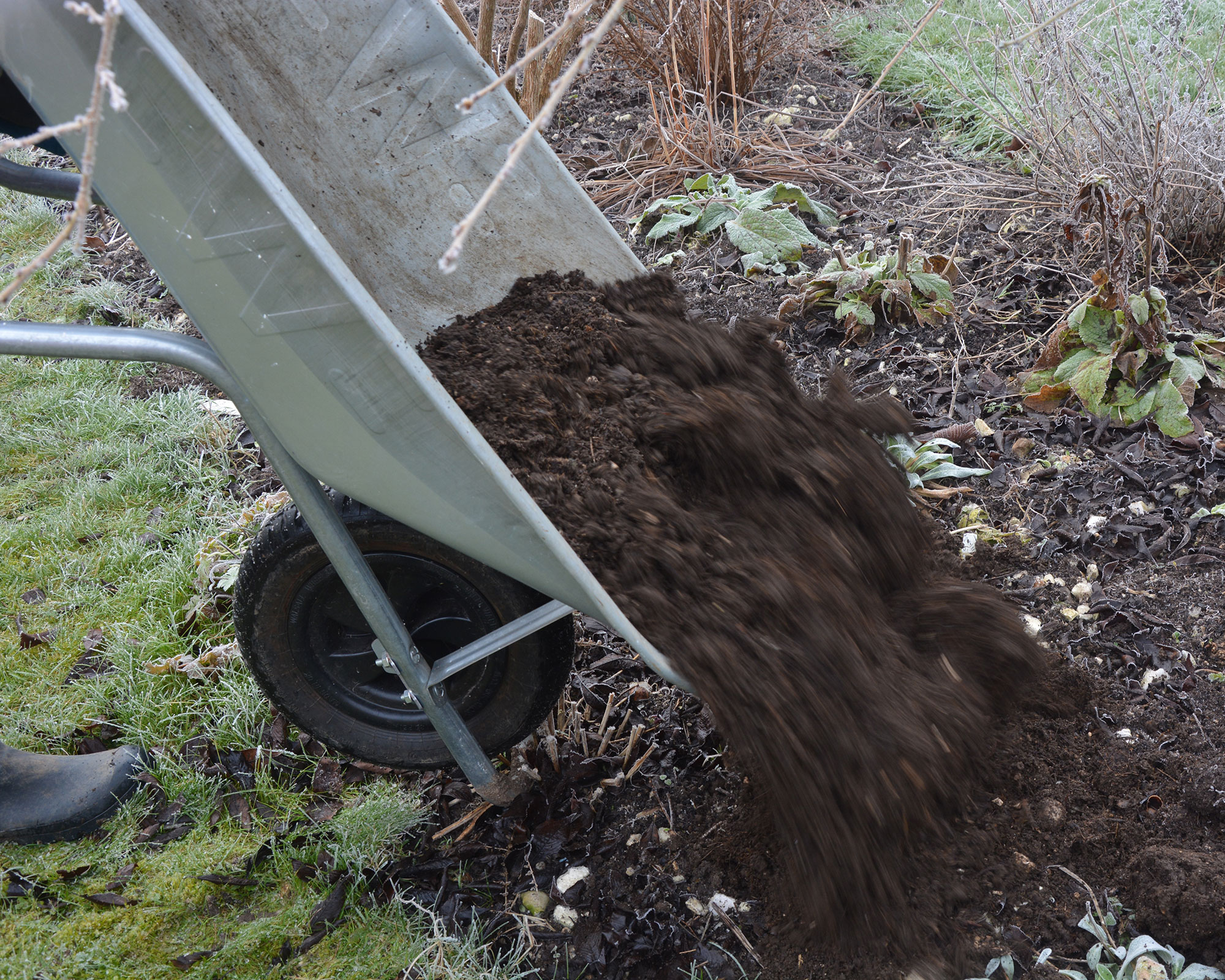
By the end of September, we will be starting to clear ornamental borders of summer bedding that is past its best and prepare the soil for its autumn rest.
This is the perfect time to feed your soil, replenishing the nutrients that have been used up by growing plants.
Layering well-rotted compost or manure onto the surface and leaving it to be broken down by earthworms and winter weather is one way of doing this. The other is to add the organic material and dig it in.
This will also help to break up compacted clay soils and make thin soil more able to hang onto moisture – especially important if your region has experienced heatwaves and periods of drought this summer.
Top tip: Only add a layer of compost or manure when the soil has been dampened by rain. If you add it to dry soil, it will simply form a cap that locks out any moisture, taking it longer to work through and benefit the soil below.
3. Sweep your patio and decking
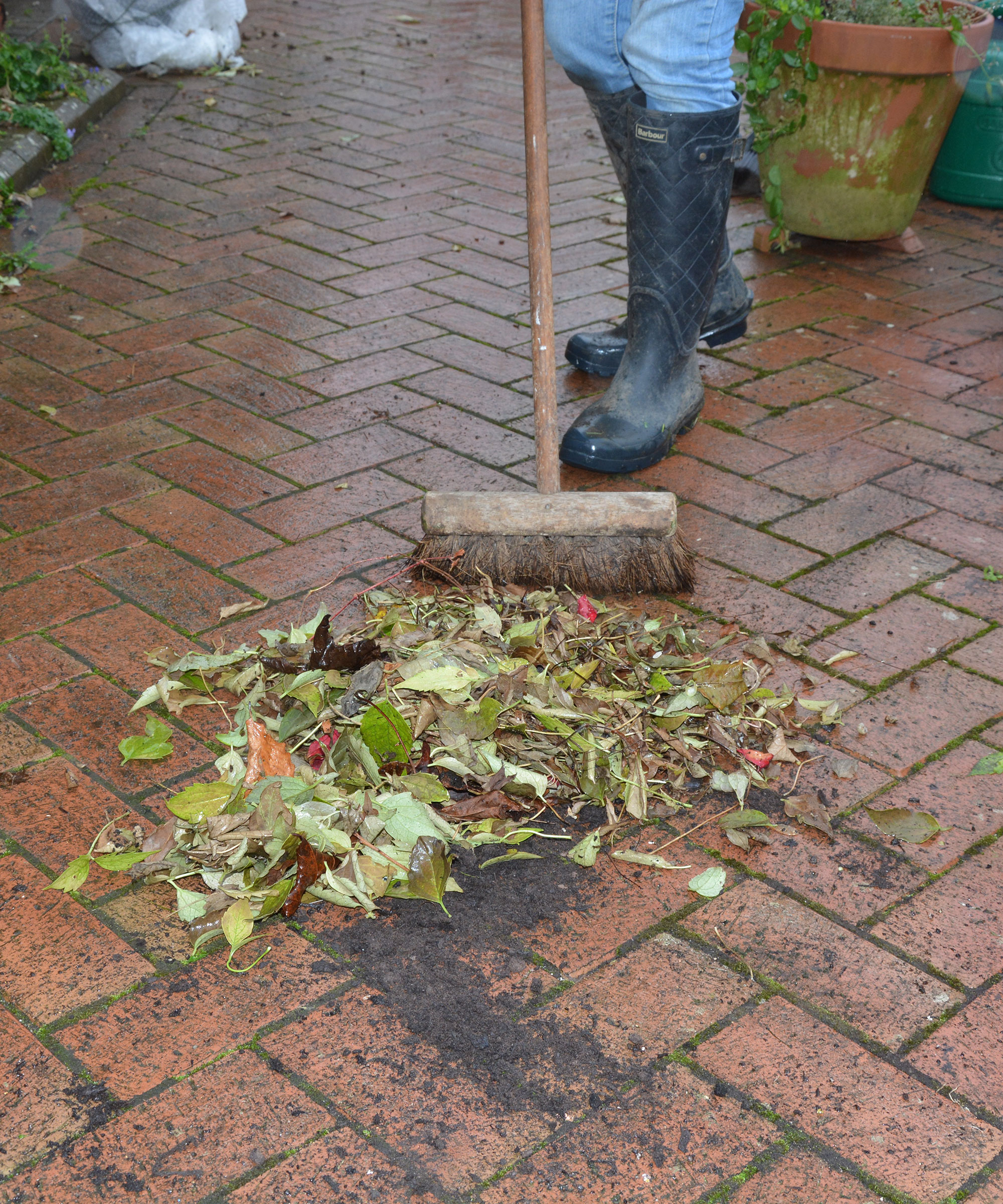
Make sure patios and areas of decking are regularly swept clean of fallen leaves, moss and algae.
If they are left to accumulate, they risk being washed into drains, causing blockages and floods in the garden.
This not only helps improve garden hygiene, but it safeguards against dangerously slippery surfaces developing.
Sweeping up also removes damp places where pests and fungal spores shelter. Ignoring them and leaving them littering the patio or banked up against walls simply stores up potential problems for the future.
Pressure washers are a brilliant tool, but be selective about where you use them. They are an easy way of removing grime, moss and algae off drives and paths made of Tarmac, but take care when using them on brickwork. The force of the water can wear away or dislodge the mortar between bricks and block paving. Instead, use a stiff brush and detergent to sweep away debris, and invest in a weeding scraper to dig out weeds from between paving stones and bricks.
Top tip: To save money, the sharp blade of a hoe is a great way of dislodging stubborn patio weeds.
4. Prepare your garden for stormy weather
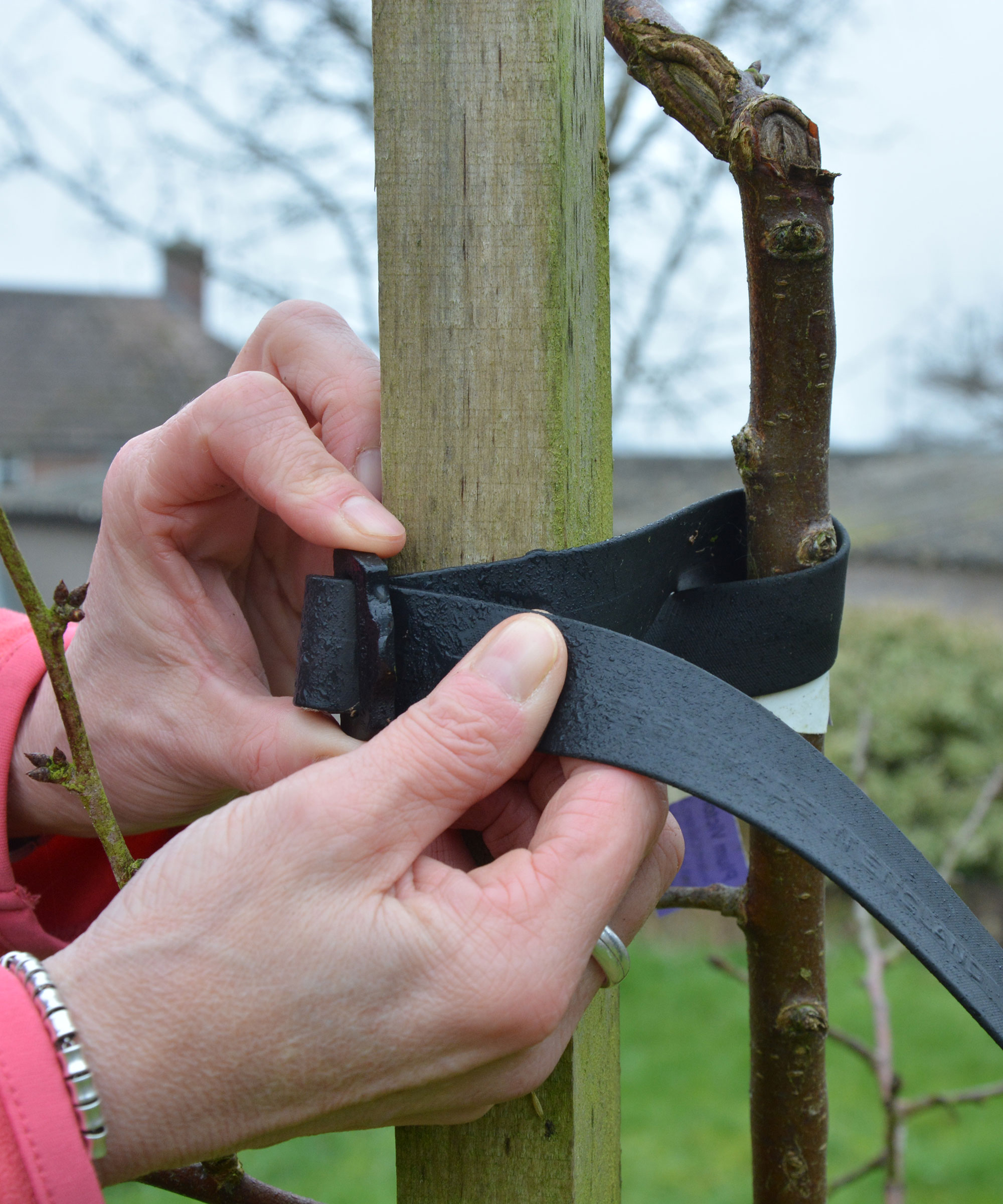
Autumn may be the ‘season of mists and mellow fruitfulness’, but it can also usher in some of the worst weather of the year. Make prioritizing plant security one of your September gardening jobs and avoid damage and heartache (and potentially hefty bills) later down the line.
Young and newly-planted trees need staking and older ones should be checked regularly to make sure branches aren’t becoming weak and dangerous. Make sure climbers and vines are properly tied to their trellis and supports.
Strengthening winds can cause immense damage, so make sure railings and garden fences are stable – their panels properly secured and reinforced if necessary.
Also, make sure that greenhouse panes are properly secured – add more clips if you need to.
Wind isn’t the only problem. Heavier rainfalls lead to flooding and waterlogged land, and excess water destabilizes trees and structures and forces oxygen out of the soil, causing plants to ‘drown’ and die as their roots suffocate. Look into improving your garden drainage if need be.
Never walk on waterlogged soil as you will compact it and damage its structure. If you feel you absolutely must go on your soil to dig in compost or manure, stand on a plank as this distributes weight evenly.
Top tip: Hurdles are ideal for filtering wind, rather than blocking it completely which can cause destructive surges elsewhere in the garden.
5. Plant spring bulbs
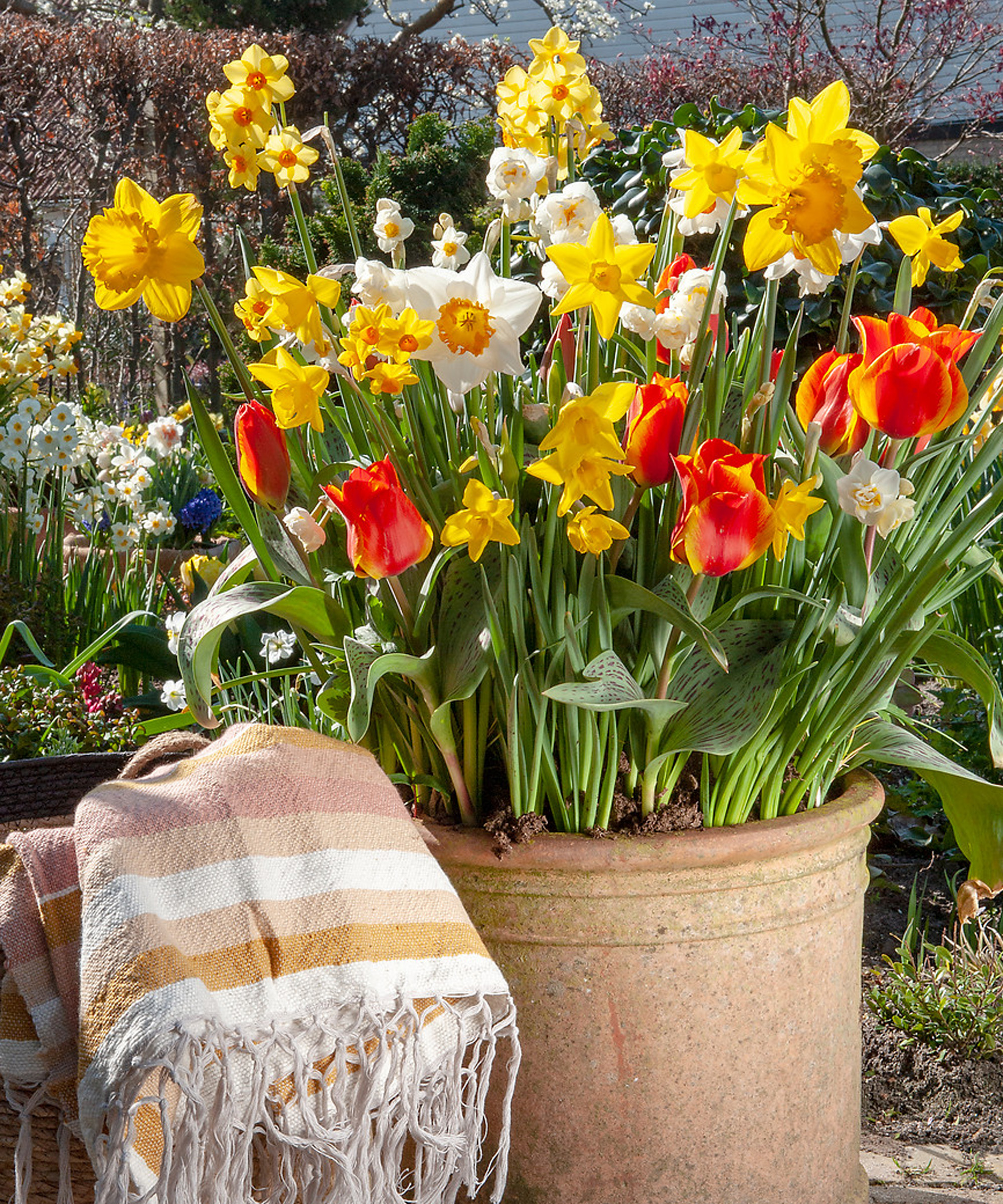
From now until mid-November the garden centers, shops and online outlets will be selling spring-flowering bulbs.
Planned right, they will perform from early in the year right through to late summer, starting with snowdrops and crocuses before moving on to daffodils, anemones, tulips, crown imperials (Fritillaria imperialis), and the dazzling array of summer alliums.
Bulb plants come in different heights too, from ground-hugging Anemone blanda and little scilla, crocuses and winter aconites to stately camassia and bell-flowered Nectaroscordum siculum, which produce entrancing arrowhead seedpods.
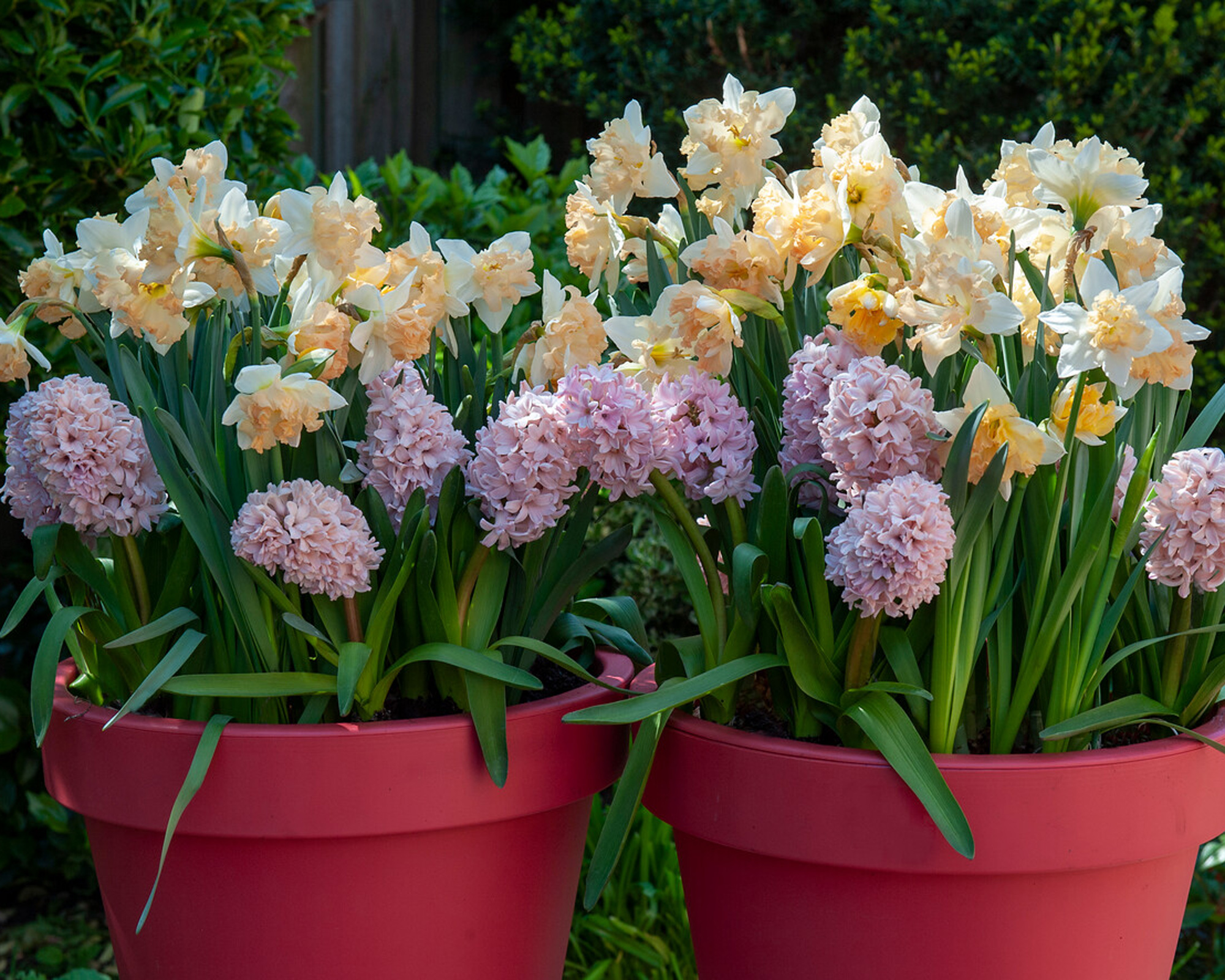
When planting bulbs, remember that most spring bulbs will favor a sunny spot. Some, though, do best with a little shade, especially those that originate from a woodland setting, such as snowdrops and bluebells.
Scilla, muscari and cyclamen will also thrive in a little shade, as long as you incorporate lots of well-rotted compost or manure into the soil at planting, and keep them well watered.
If space is at a premium, bulbs will grow extremely well in pots. Crocus, hyacinths, species tulips – which are smaller and less showy but no less desirable than larger bedding varieties – Iris reticulata, scillas and narcissi all look stunning in garden planters.
Use peat-free compost with added fertilizer and make sure you raise the pots up on feet so excess water can drain away, helping prevent the bulbs from rotting due to waterlogging.
6. Rake up fallen leaves
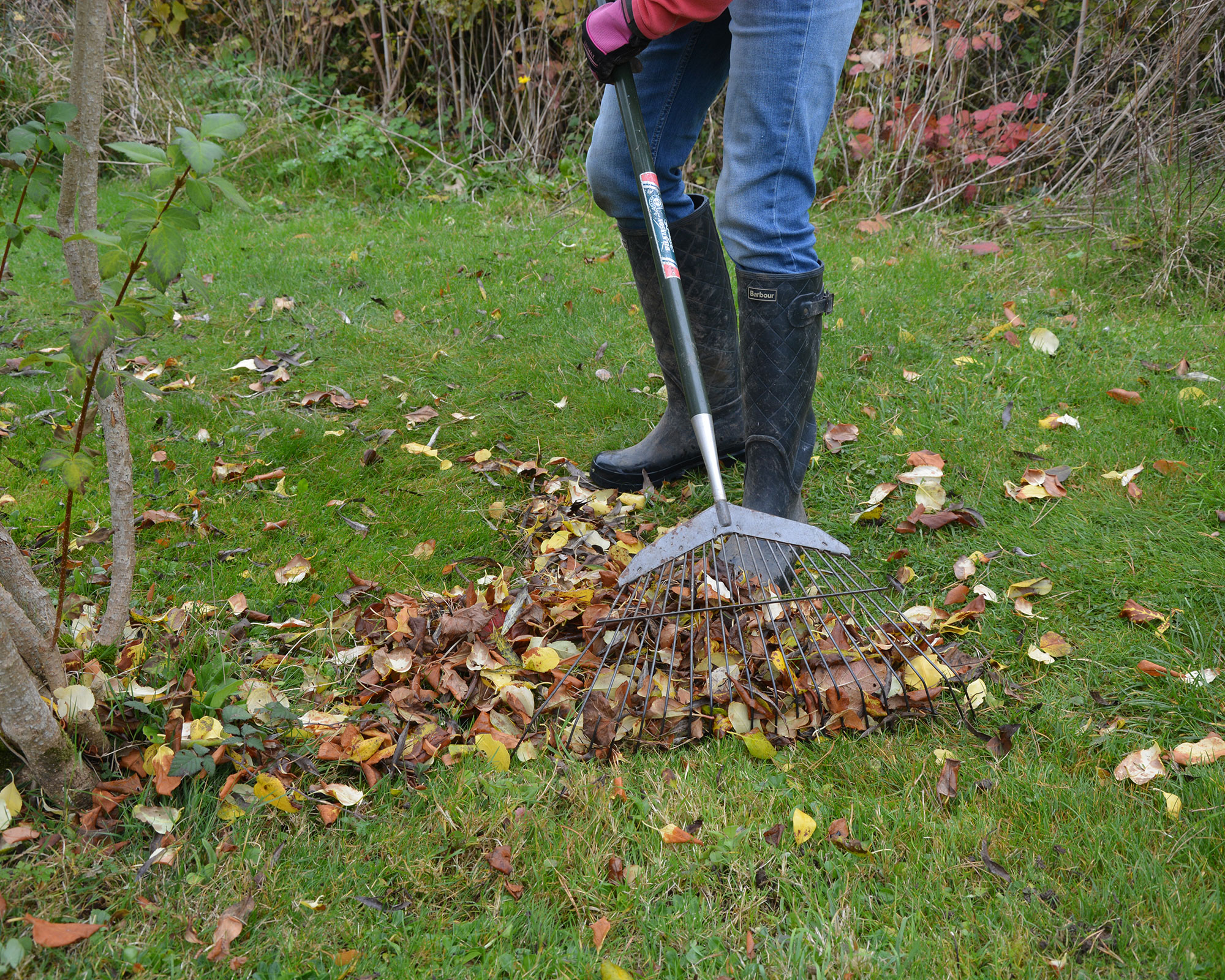
This season is called ‘fall’ for a reason, and that reason is starting to make itself clear all over our gardens and pathways. Fallen leaves need to be raked up and removed from the grass because they block sunlight, causing yellowing patches, and can also harbor pests and diseases.
The timely leaf drop is nature’s way of getting rid of waste, but it also gives us the opportunity to make leaf mold, which is one of the best soil improvers available.
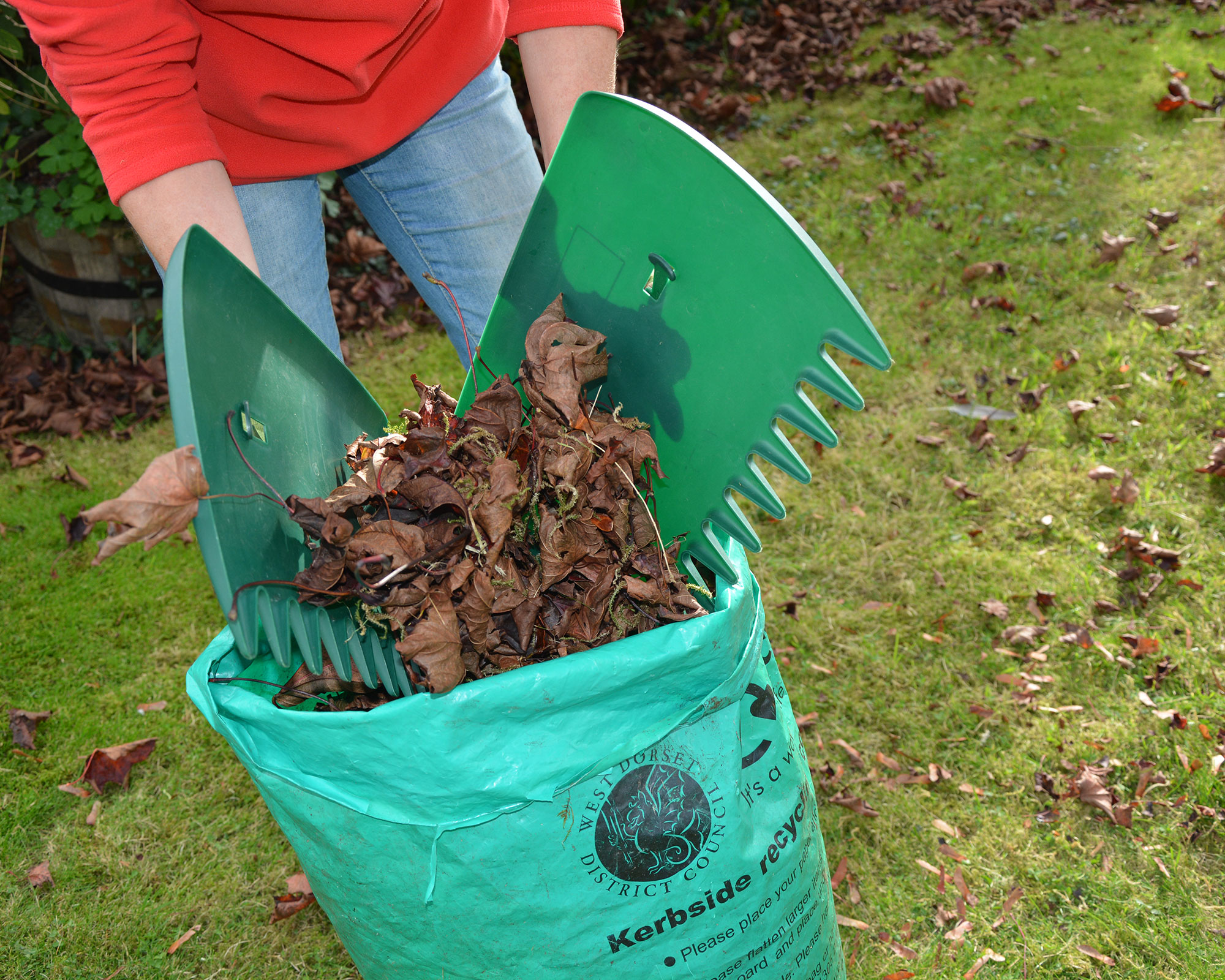
If you want to learn how to make leaf mold, simply rake up and store fallen leaves somewhere. A wooden framework with wire mesh sides is ideal or, if you don’t have space, put them in black bin liners with holes pricked in the side and store them somewhere out of the way.
Leaves can take a couple of years to break down but the end result is gorgeous crumbly leaf-mold that your soil will love.
Top tip: Water helps leaves break down faster, so leave leaf mold bins uncovered so rain can get in and if you are storing leaves in sealed bags, open them every now and then and add some water.
7. Pick ripened fruit and vegetables

Make harvesting fruit and veg as it ripens one of your September gardening jobs otherwise it will spoil on the plant, which can cause other goodies on the same branch to deteriorate as well.
Tree fruit such as apples and pears should be stored somewhere cool, dark and well ventilated, ideally with each piece individually wrapped in newspaper or tissue paper to prevent them bruising.
Remove and use as they start to ripen as one ripe fruit will turn the rest.
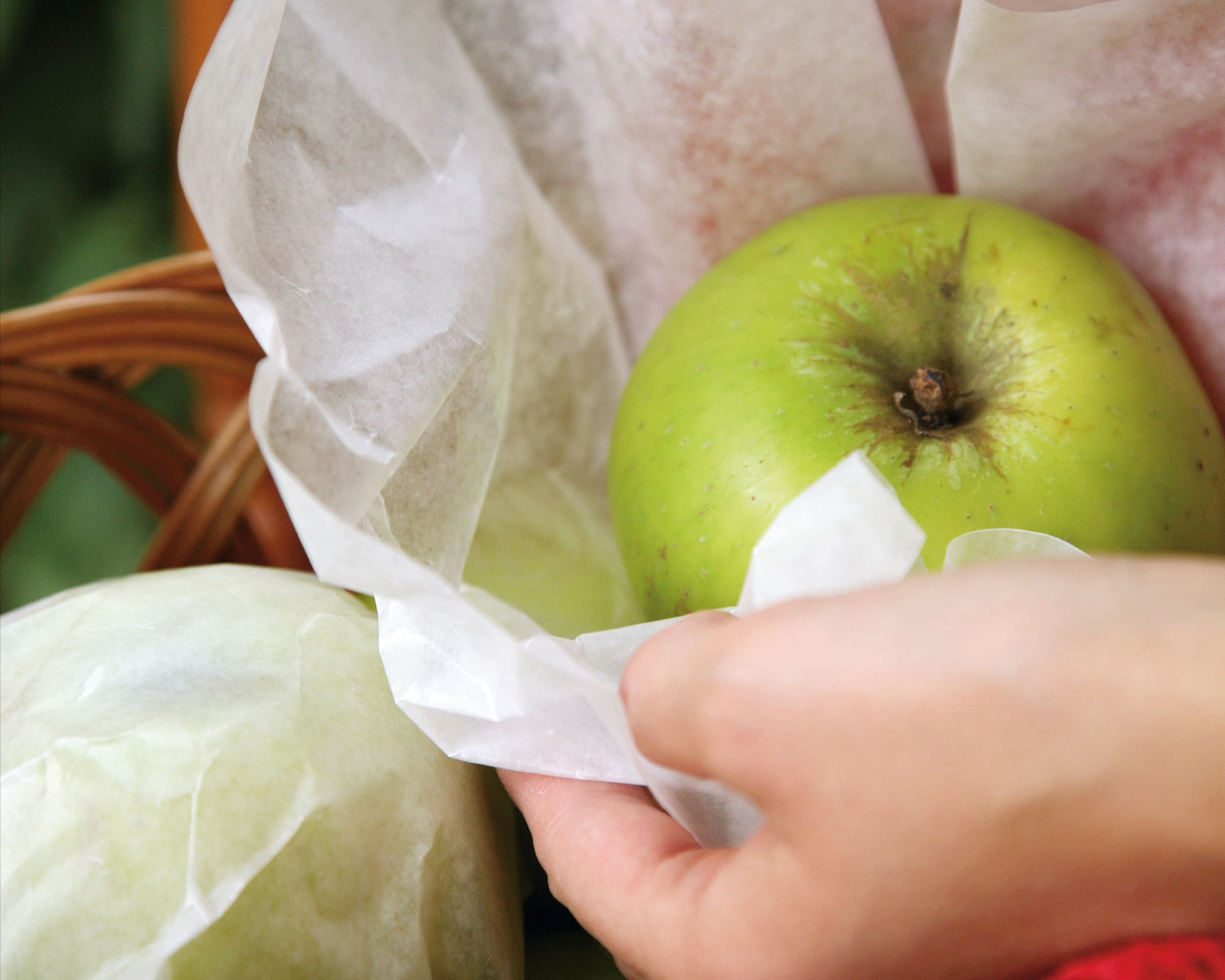
Other produce can be frozen, dried, jammed, pickled or made into chutneys – delicious, and ideal as Christmas gifts!
Top tip: Don't forget to leave a few fallen apples on the grass to provide vital nectar for late-flying insects before they hibernate for winter.
8. Clear out borders and pots
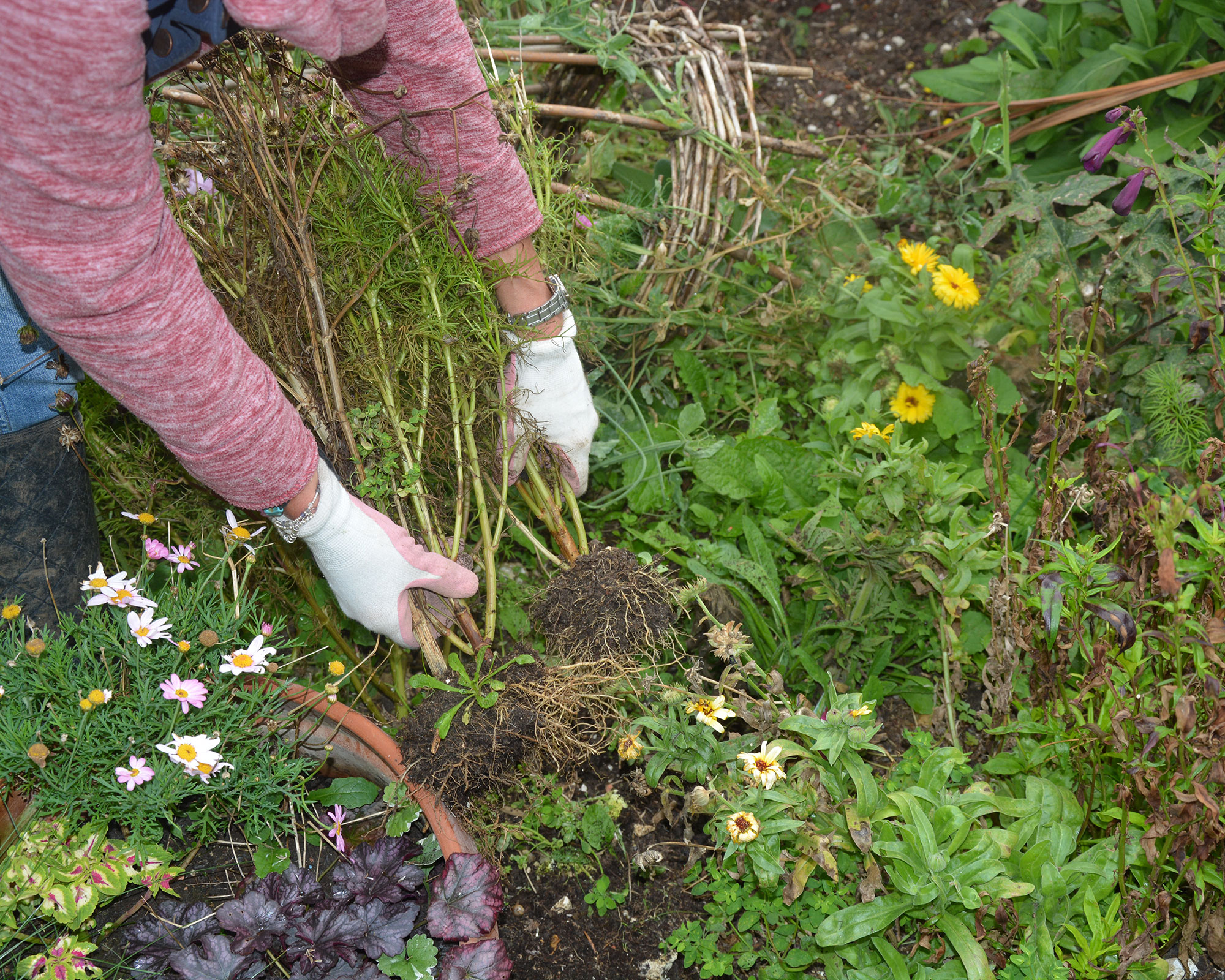
As fall progresses and the temperature drops, summer bedding will start to wither by the wayside.
Remove it and add it to the compost heap, as long as it isn’t diseased or full of pests, and fork over your soil. Enrich it with well-rotted manure or compost, or dig in some chicken manure pellets.
You can now either let your flower beds lie fallow through winter or plant spring bedding and bulbs.
Also start cutting back and deadheading perennials that have passed their best, remembering to leave a few stems standing through winter as they are handy hibernation homes for invertebrates and garden insects.
Top tip: Keep an eye out for robins and other garden birds lurking nearby when you turn over the soil – they are on the lookout for juicy worms and pests to turn into a tasty treat.
9. Plant, move and divide perennials
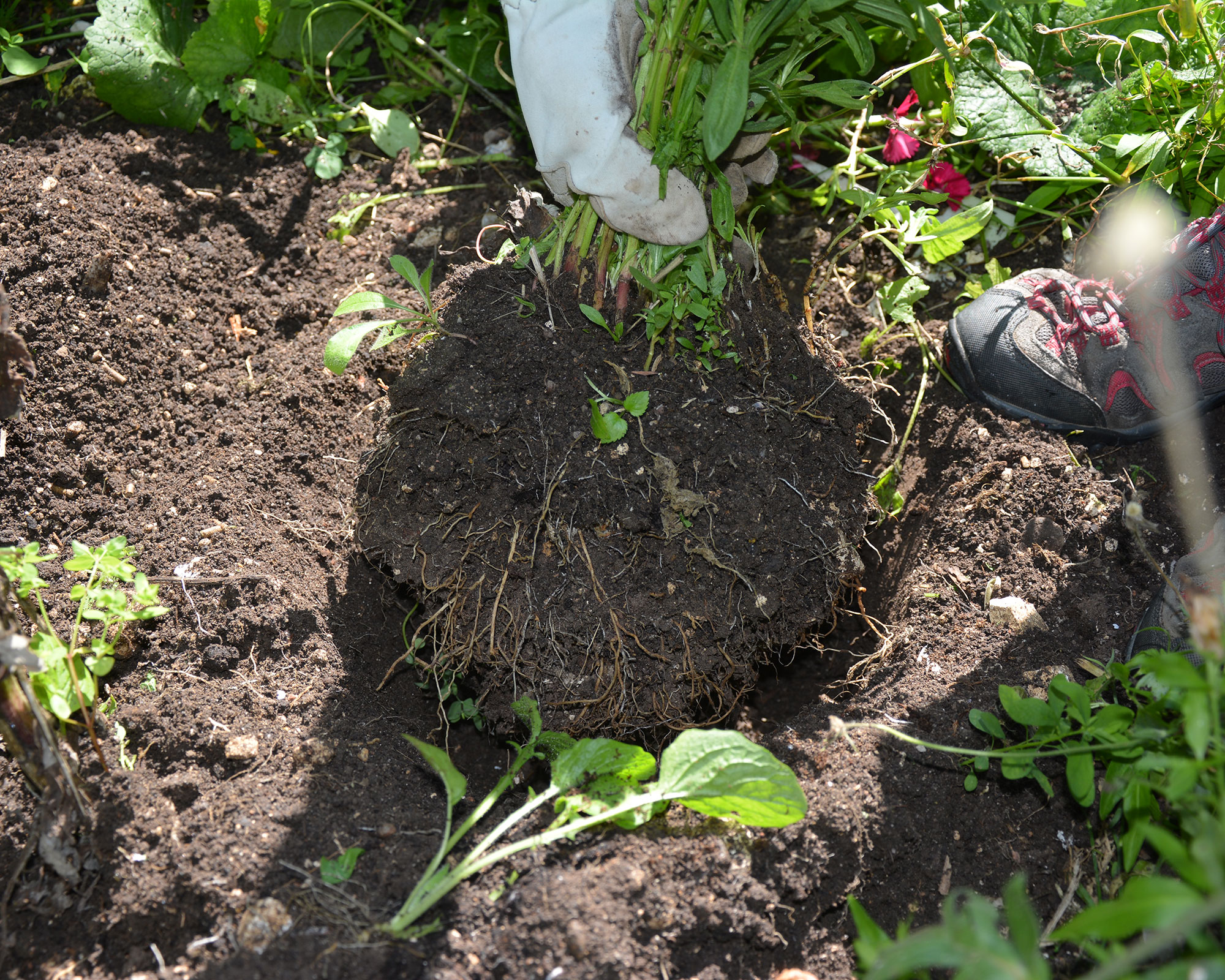
The soil has been warmed by summer sun and is now dampened by seasonal showers, so between September and November you should make the most of these ideal conditions and prioritize your perennials.
They can be planted, moved and divided now, ideally on a still, overcast day when wind and sun won’t dry out the roots.
When planting and moving, create a hole large enough to take all the roots, but no deeper than the rootball itself.
Add some bone meal to the soil as this will break down over winter and feed the roots when regrowth starts in spring.
10. Provide plant protection for winter
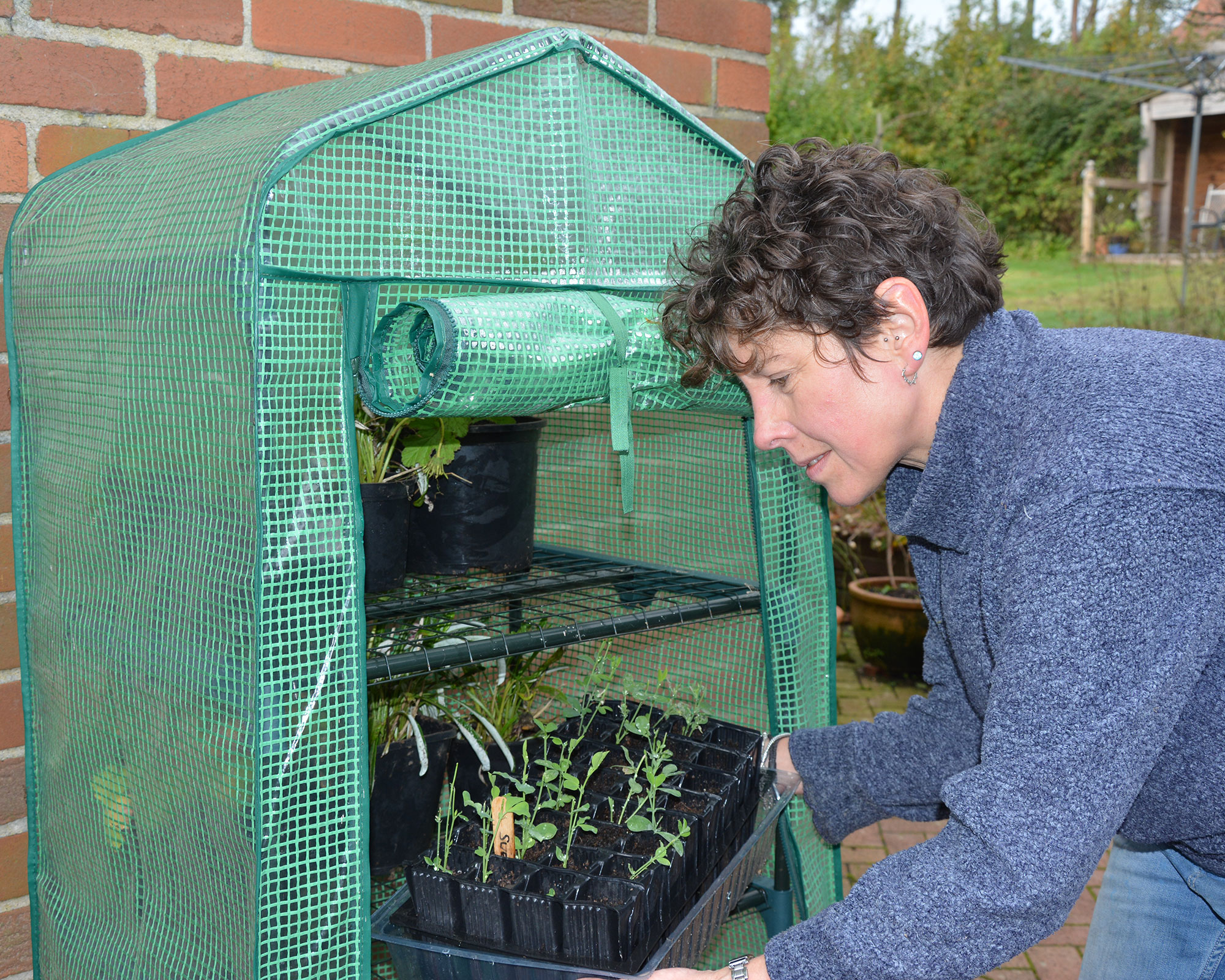
It is still relatively warm outside, but as September draws to a close it’s time to start protecting tender plants that are not able to withstand winter temperatures.
Stock up on fleecing and bubble wrap, which is ideal for insulating pots and planters, and make sure your protective structures including greenhouses, cold frames and mini greenhouses are clean and in good order.
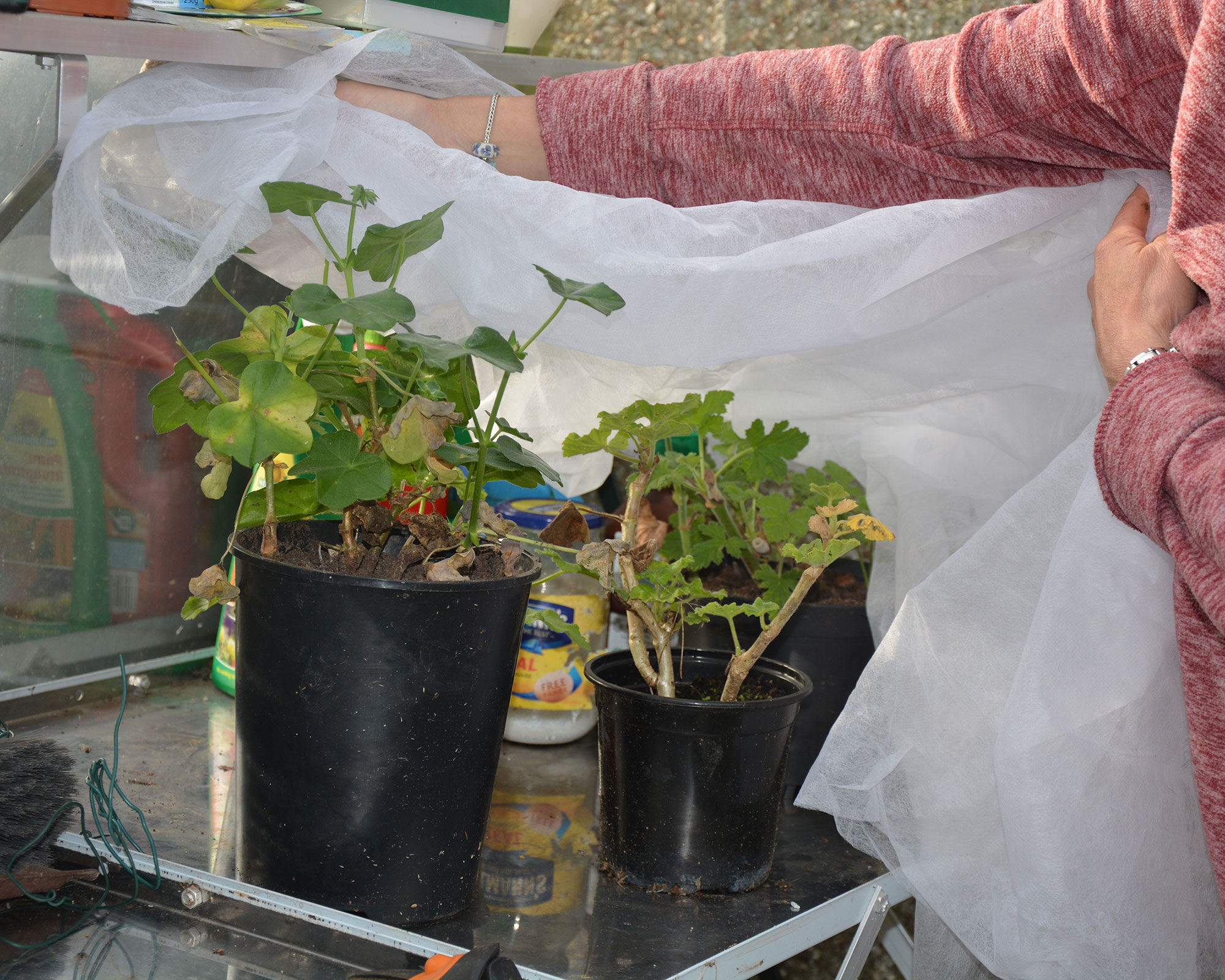
Greenhouses are busy places in summer, full of tomatoes and more tender crops such as chilies, aubergines, cucumber and melons.
Now those crops will be dying back so remove them and sanitize the growing area. Wipe down surfaces with disinfectant and wash the glass to remove any shading paint applied in summer and allow the maximum amount of light to filter through to overwintering plants.
Fumigating candles are a good way of eradicating pests and the chemicals used in modern ones mean you no longer need to remove plants while they are lit.
Follow the instructions carefully and only return to the greenhouse once the fumes have dispersed.
Top tip: Use a plastic plant label to tease muck and algae from the fiddly gaps between the greenhouse frame and the glass.
11. Take care of houseplants
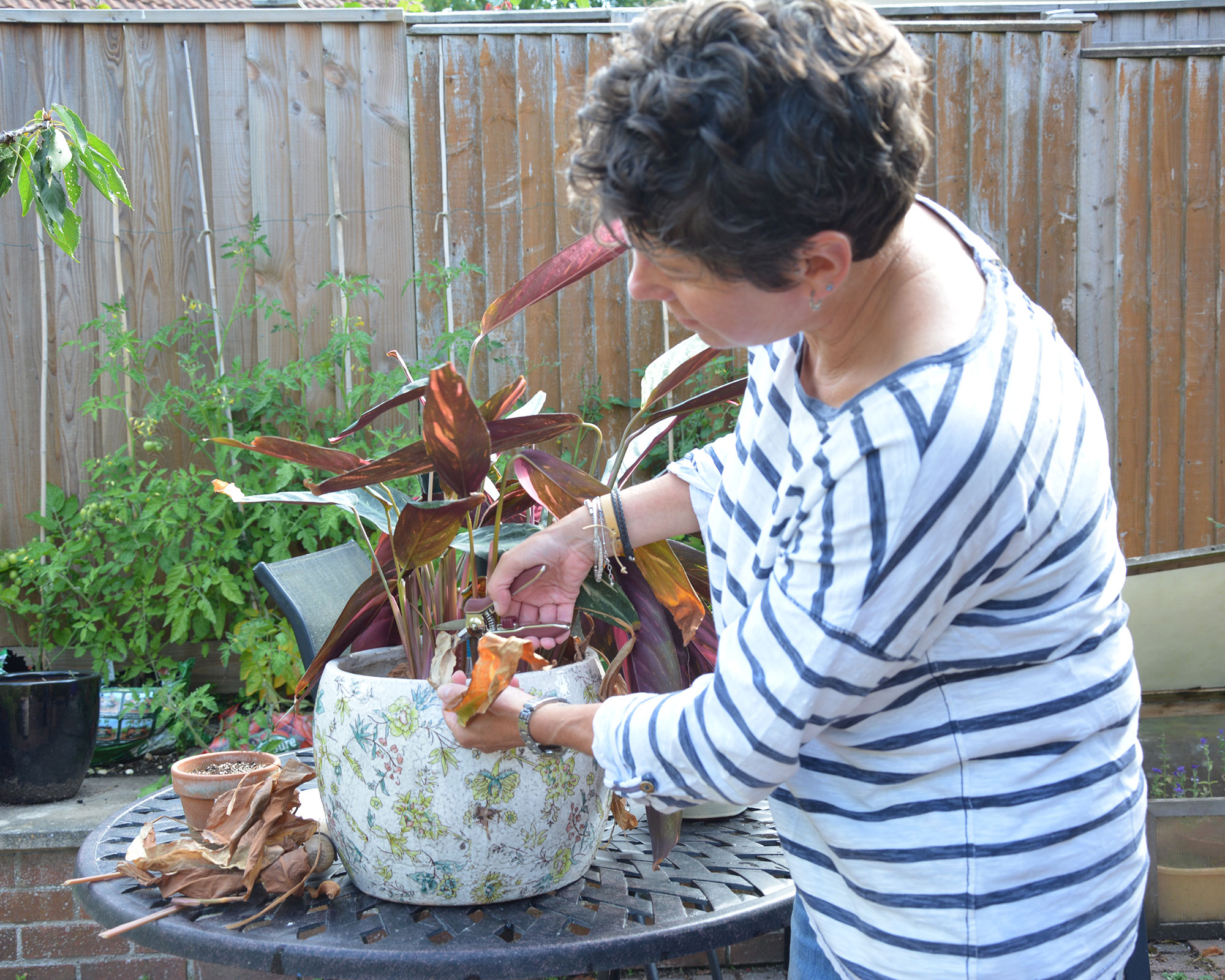
Don’t neglect your best indoor plants as the days begin to shorten and temperatures drop. Those that have spent summer outside and benefitted from sunlight and cleansing rain showers should be brought back inside now.
Do it gradually so they are not badly affected by a sudden return to drier air and lower light levels. Bring them into a light room or porch for a few nights, returning them outside during the day if the weather stays warm enough, lengthening the time they are inside the house.
Check them for pests, looking for slugs and snails lurking around the pot rims and compost, treating greenfly infestations and saturating the compost with a vine weevil drench. Also deadhead and cut away any old, dead and damaged leaves.
As days grow shorter, it's a good idea to locate your indoor gardens in the lightest areas of the house, making sure that any plants are out of chilly draughts.
Start reducing watering and stop feeding as plants enter dormancy, though this doesn’t apply to any plants that are still flowering.
Top tip: Wiping the leaves with a soft cloth dipped in tepid water or milk keeps leaves glossy and free from dust and pests.
12. Don't forget about lawn care
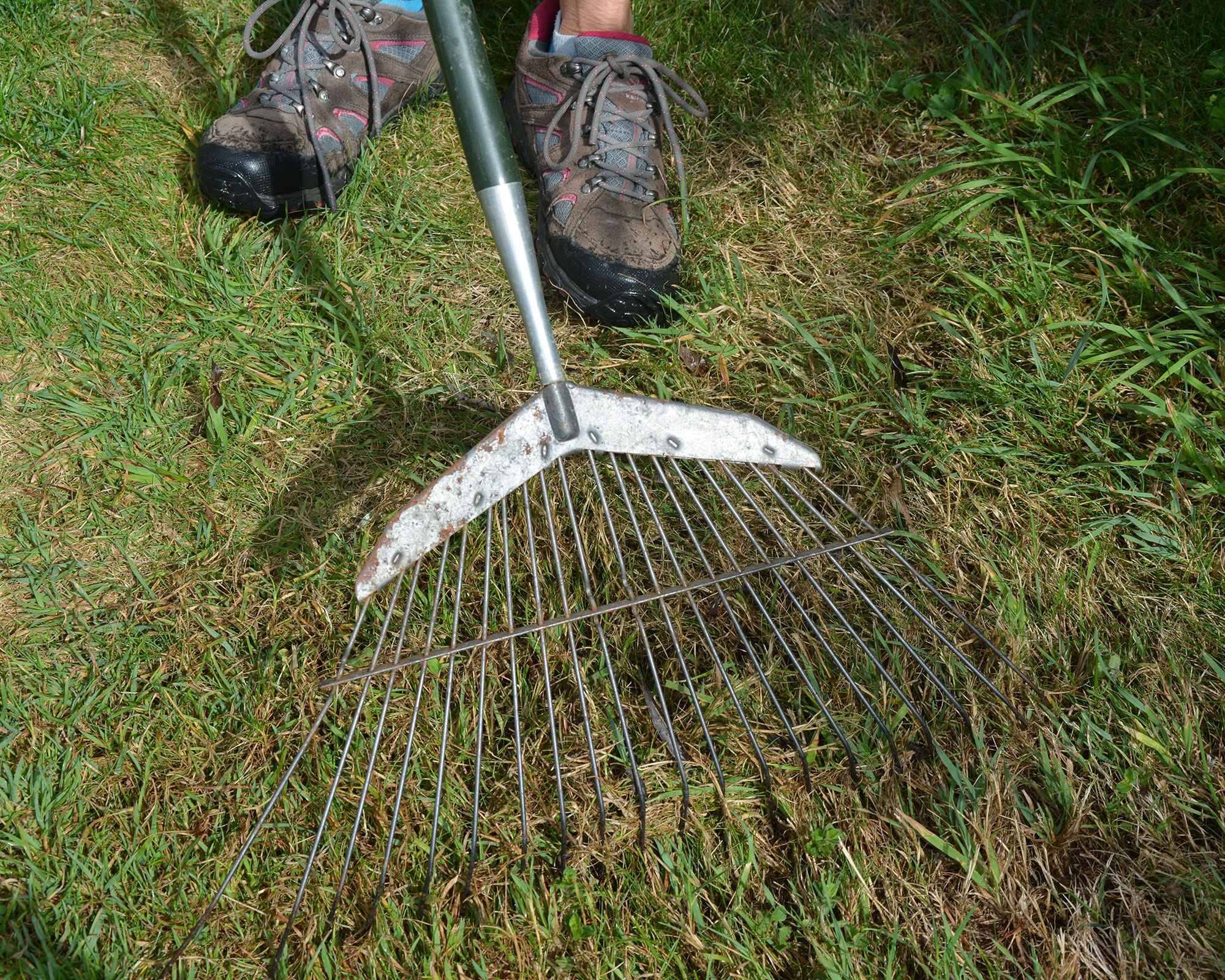
It is still warm enough for lawns to keep growing, so there are still lawn care tasks to be getting on with. Mow them weekly as one of your September gardening jobs to keep grass at a good length.
Learn how to scarify a lawn by using a rake to give the grass a ‘hair brush’ and dredge out dead grass, moss and weeds and, if soil is compacted in your lawn causing puddles and giving weeds an opportunity to grow, punch holes in the ground with the tines of a garden fork. Both these activities improve airflow and drainage and improve the health of your grass.
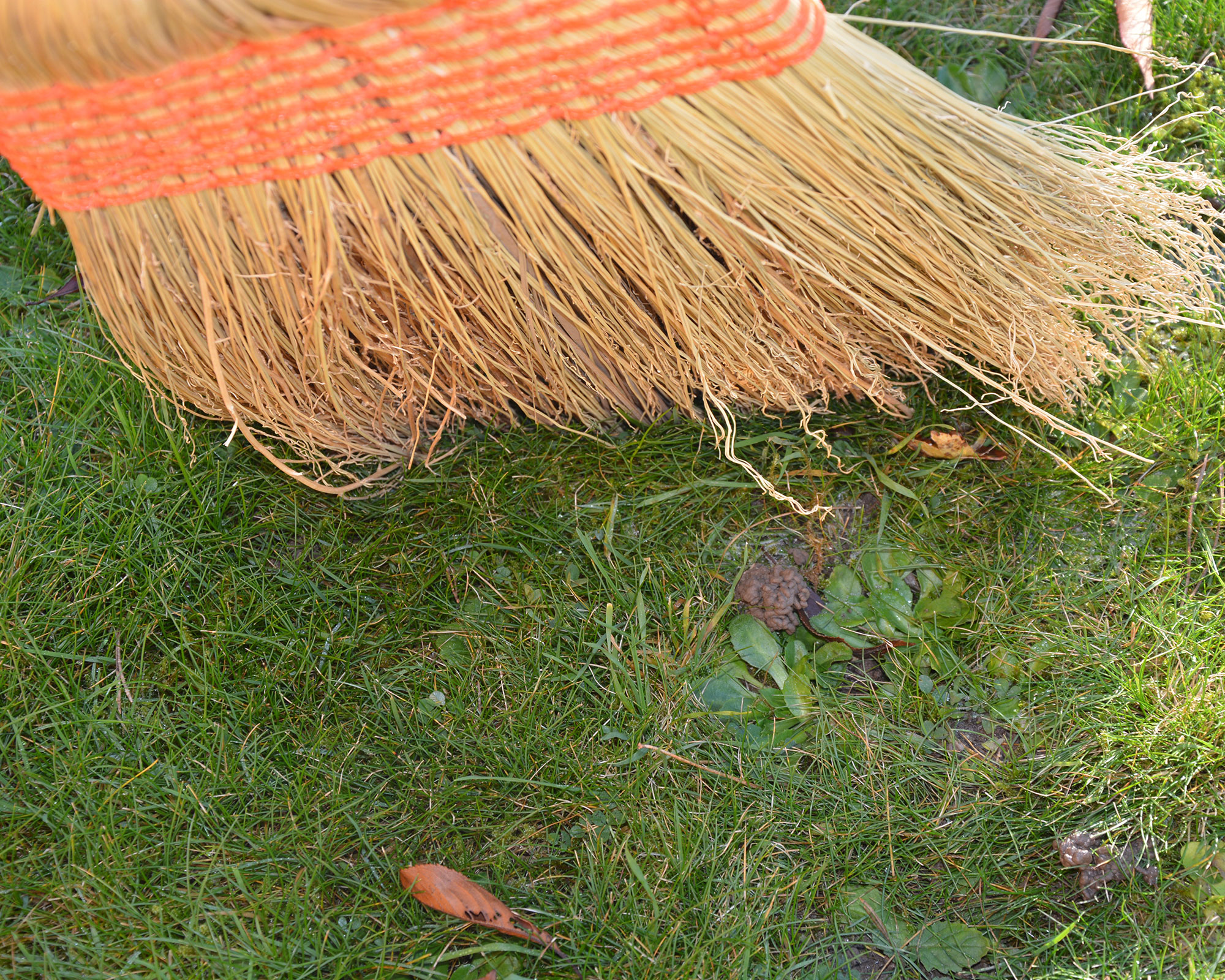
Worm casts start to be a problem as the season changes, and these little piles of excreted soil and mucus can create a perfect bed for weeds and moss if they are trodden on.
Leave them alone until they have dried and then brush them away with an old-fashioned broom or the up-ended head of a rake.
Top tip: Fairy rings of toadstools are unsightly but not usually symptomatic of a problem with your lawn. They will be feeding on dead plant material in the soil, possibly old tree roots or other decaying matter and can be scattered with a rake.
13. Look after your pond
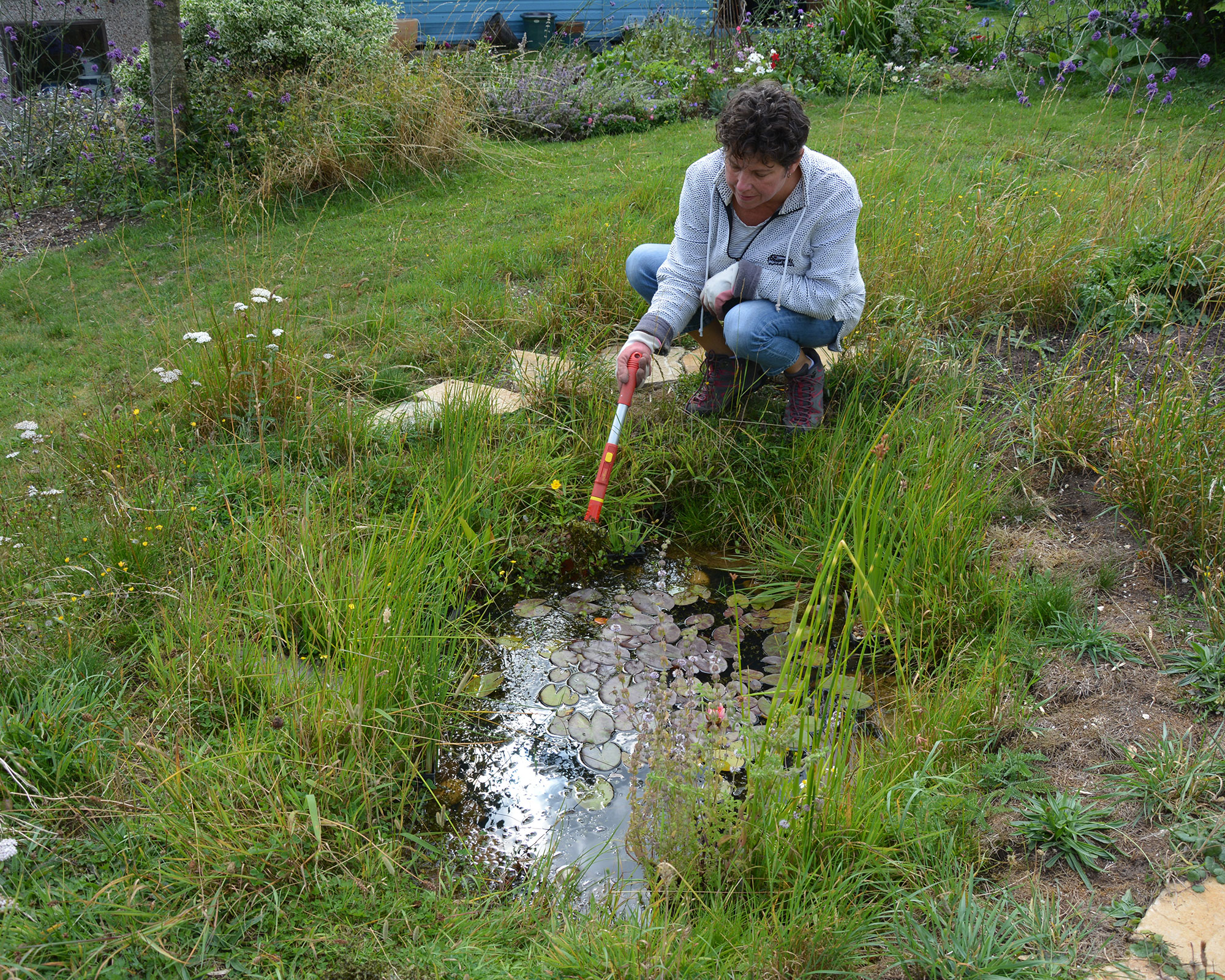
Garden ponds are still busy with life in early autumn, though some things are starting to die back and slow down so you do need to make time to carry out some on-going maintenance for your September gardening jobs.
Just as terrestrial garden plants start to fade as summer ends, aquatic plants reach the end of their annual cycle.
It is important to cut back any dead and dying material to keep your best pond plants tidy and also stop old plant material from falling into the water where it will decompose, absorbing oxygen and releasing toxic gasses.
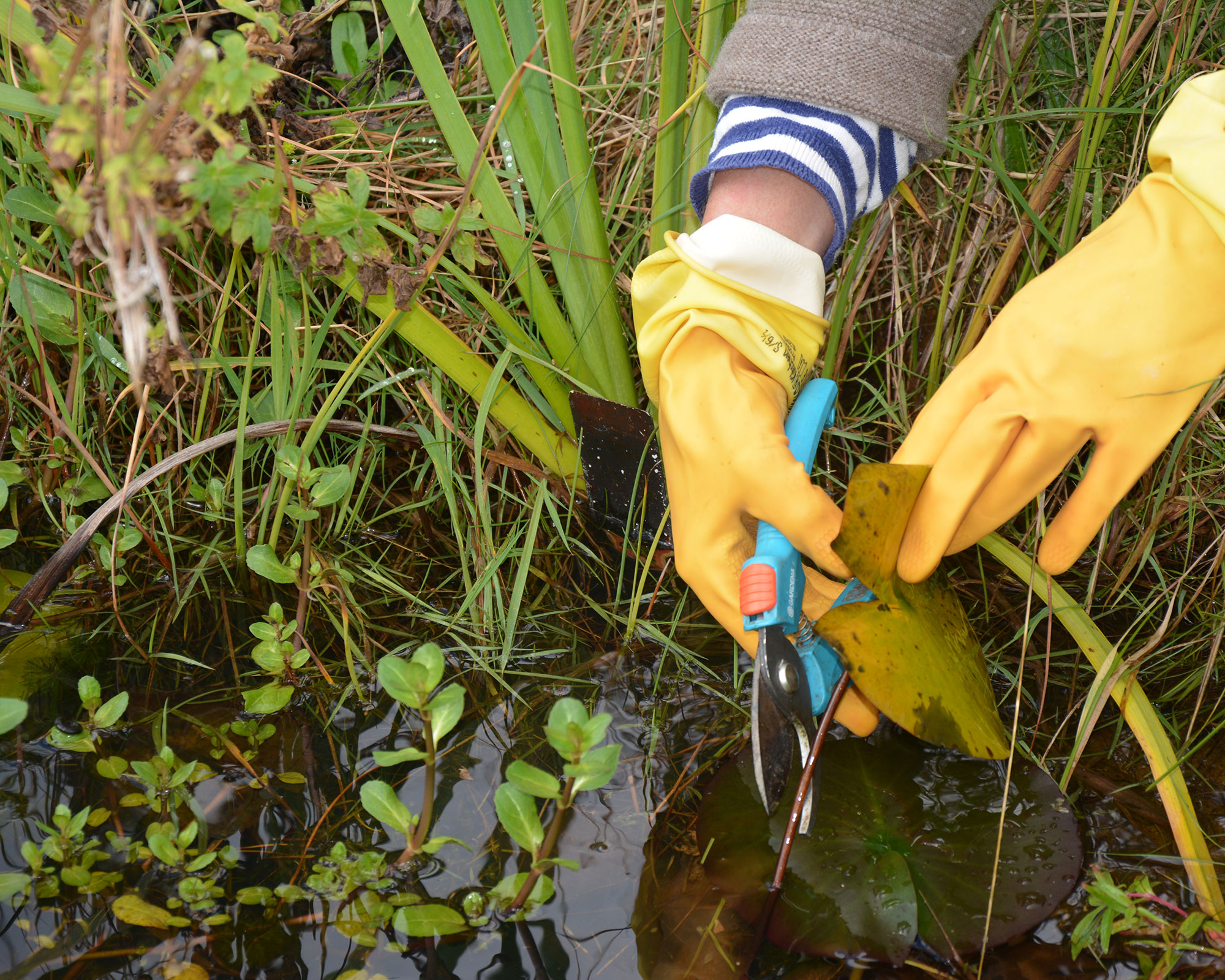
When you cut back marginal plants, take care not to reduce their stems to below the waterline as they will start to rot, which will kill the plants.
If you have precious ornamental fish or a wildlife pond rich with amphibians, protect them from hungry herons by laying netting over the pond or installing an artificial heron or owl close by.
Netting is also useful for catching falling leaves and preventing them sinking to the bottom and creating a decaying, sludgy layer.
If we have a dry autumn, keep pond levels high. Harvested rainwater is the best, but if you need to use tap water, leave it standing in the watering can for 24 hours first to let chemicals dissipate.
Top tip: A bag of horticultural sand gently poured into your pond will settle on the bottom and create the perfect bed for aquatic invertebrates to hibernate in over winter.
14. Take salvia cuttings for new plants
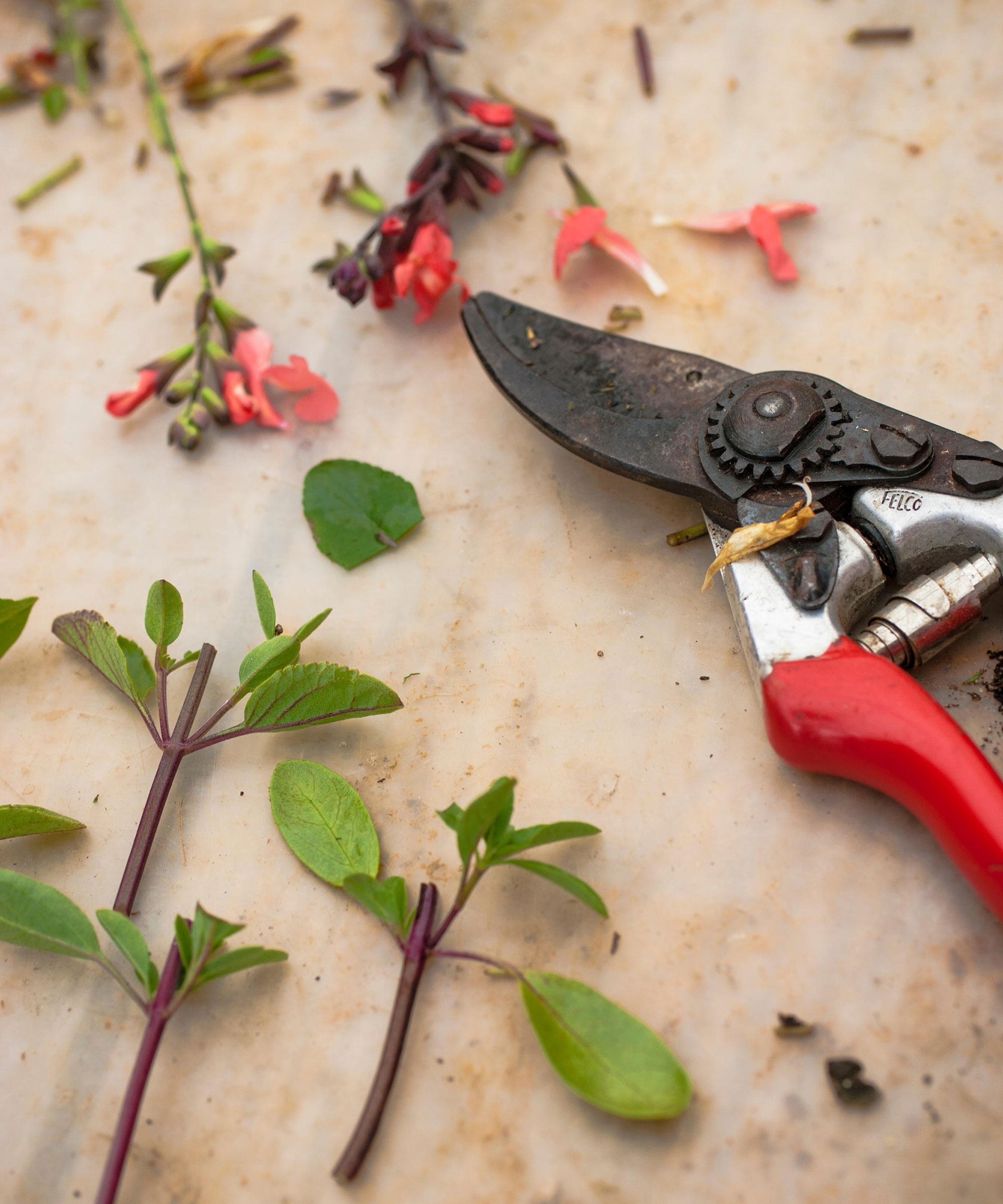
Learning how to take cuttings from plants is such a great way to multiply your blooms without shelling out any extra cash. And it's a lot easier than you think!
Late summer and early autumn is the ideal time for taking cuttings of salvia. Here's how to do it:
- Non-flowering side shoots are the best place to make the cut, just between the leaf and the stem.
- Using a sharp knife, make a diagonal cut.
- It's not essential, but if you want to speed things up, dip the end in rooting powder.
- Have small pots filled with 4in (10cm) of fresh compost to hand ready to place the cuttings.
- You can place more than one in each pot, but be sure they aren't touching.
- Once new shoots have developed and they look strong and healthy, they can be planted in pots or beds ready for new growth.
There's more tips on how to grow salvias in our guide.
15. Keep things looking tidy by deadheading
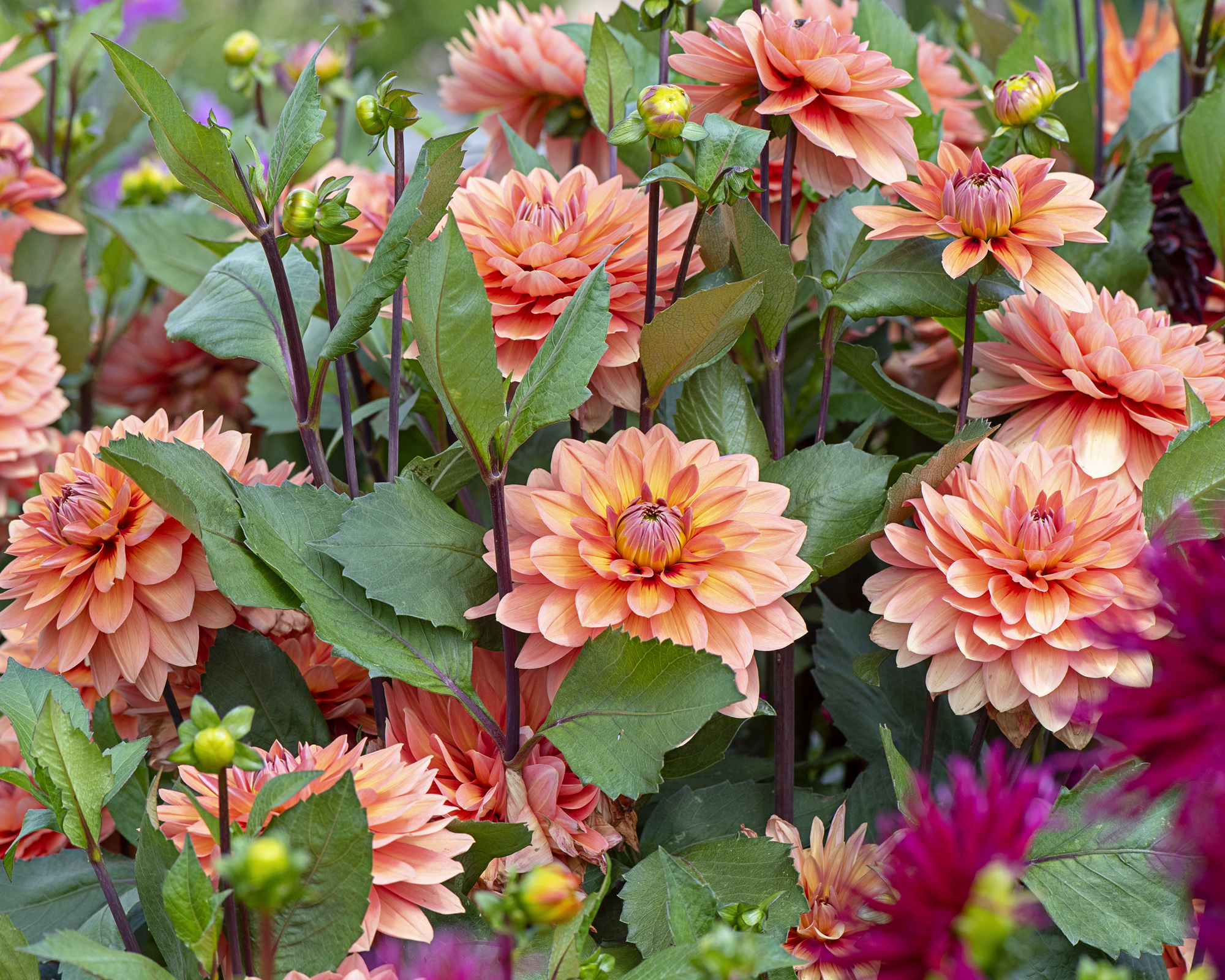
You may not get many of your summer blooms repeat flowering at this time of year but by removing dead flowerheads you will help keep your garden borders and pots looking tidy.
Deadheading flowers will also help keep the rest of the plant healthy by saving energy for healthy parts of the plant.
16. Add extra color with paint
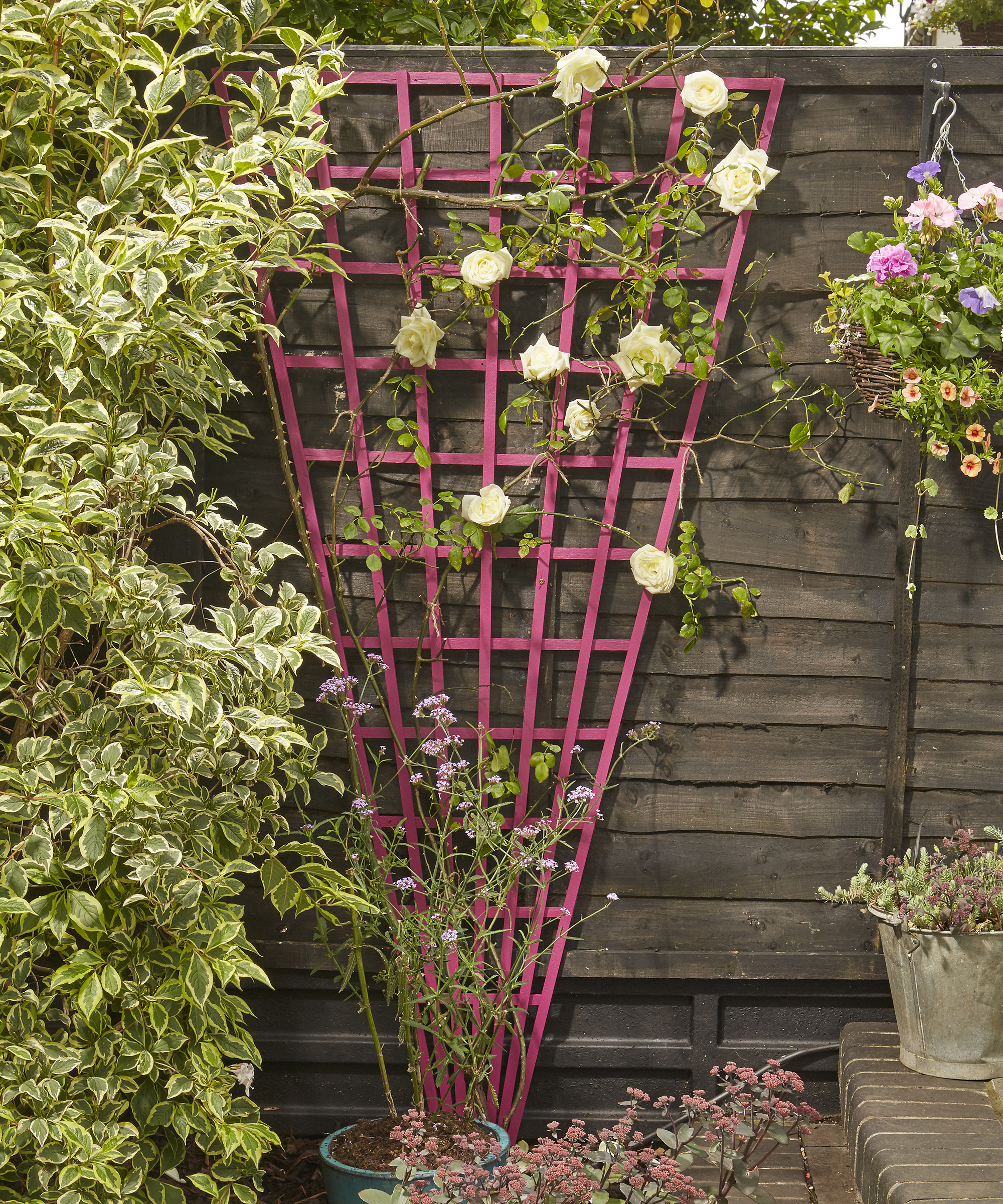
If your blooms are lacking at this time of year, then inject some instant color with the best exterior wood paint. Pink is a good choice as it makes a good backdrop to green foliage. Pink and green are opposite on the color wheel so they complement each other well.
Adding paint to your trellis ideas means you will have a bold display to enjoy when your blooms die back too. Do make sure that the paint is fully dry before exposing it to your plants.
17. Keep looking out for pollinators
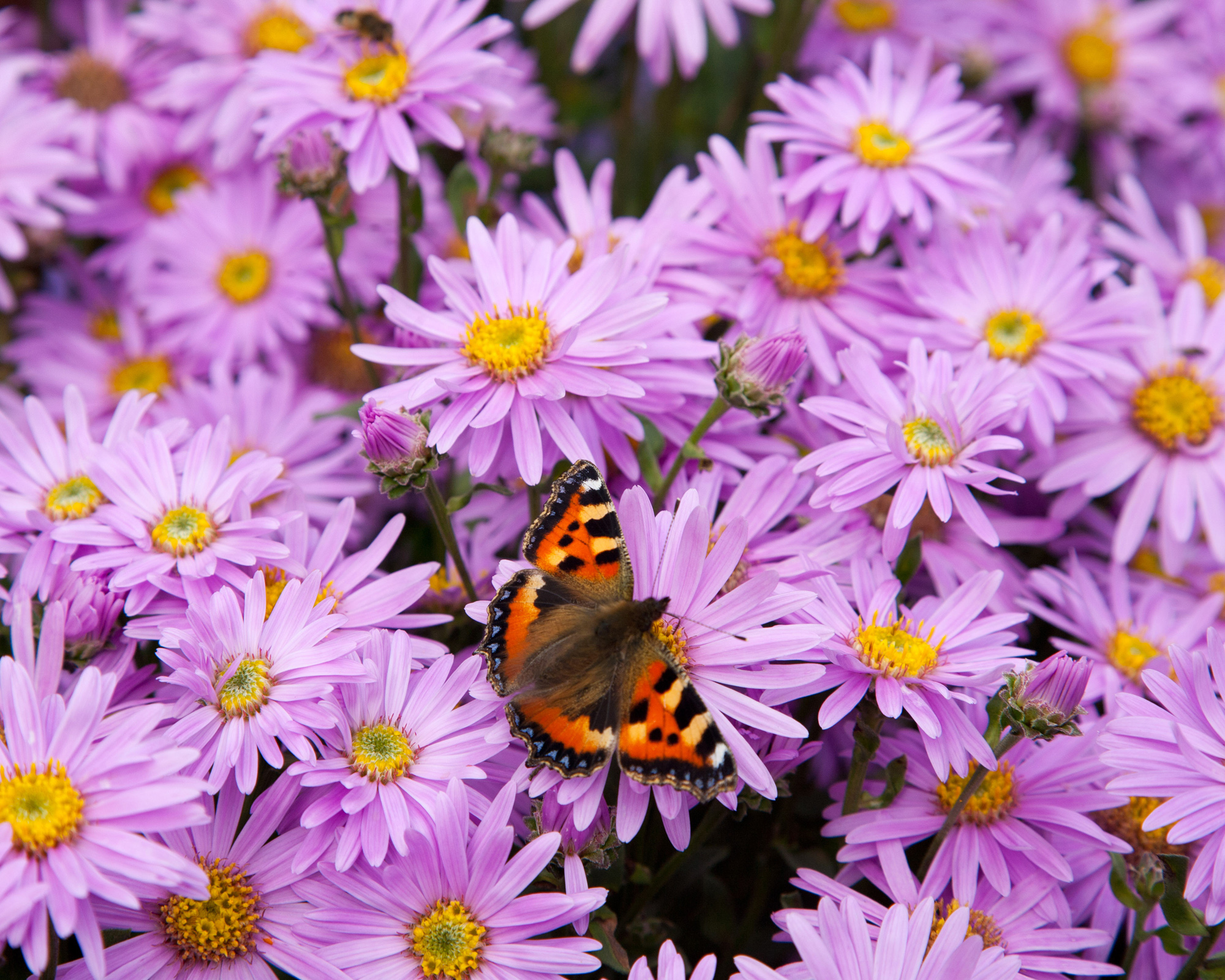
Don’t forget pollinators when it comes to planning your September gardening jobs as they will still be needing plenty of nectar. If you have any gaps in the border add nectar-rich, bee-friendly plants like asters, sedums and echinaceas, which will continue flowering for a few months and re-appear next year.
Also flowering now and pollinator-friendly are Ceratostigma willmottianum (blue leadwort), and Japanese anemones in pink or white.
18. Pot up some cyclamen for an autumn container
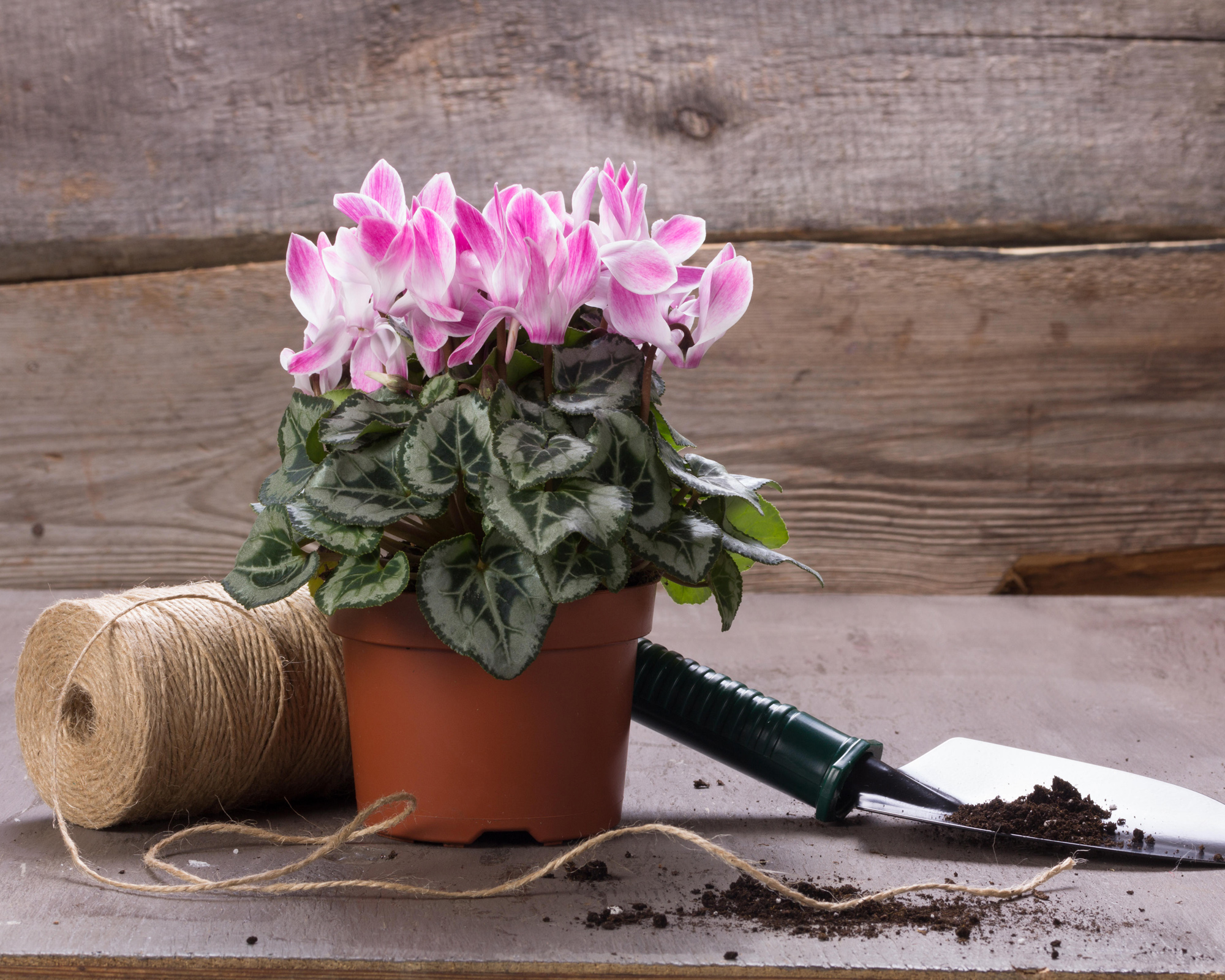
Cyclamen are a great choice for autumn container gardening ideas and they work well combined with evergreen foliage and even herbs.
Add a layer of bubble wrap to the inside edge of your pot before filling with some compost. Arrange your plants and top up with compost so the pot is full. Sprinkle with bark chippings for extra insulation for the colder months.
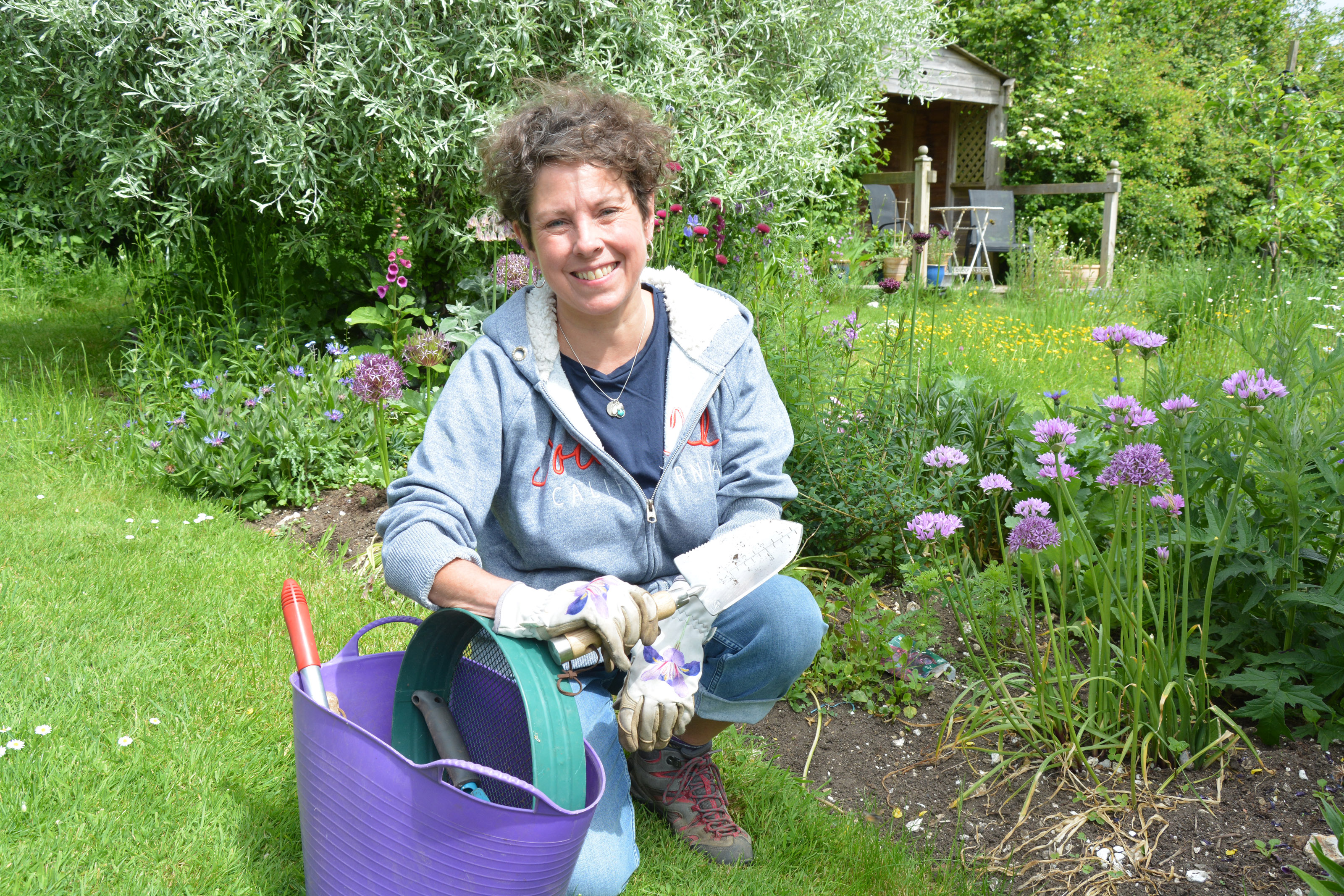
Ruth is the gardening editor of Amateur Gardening magazine and spends her working days carrying out, writing about and photographing the tasks the readers should be carrying out each week, as well as testing many of the new products that arrive on the gardening market. She is horticulturally trained, with a qualification from the Royal Horticultural Society.
